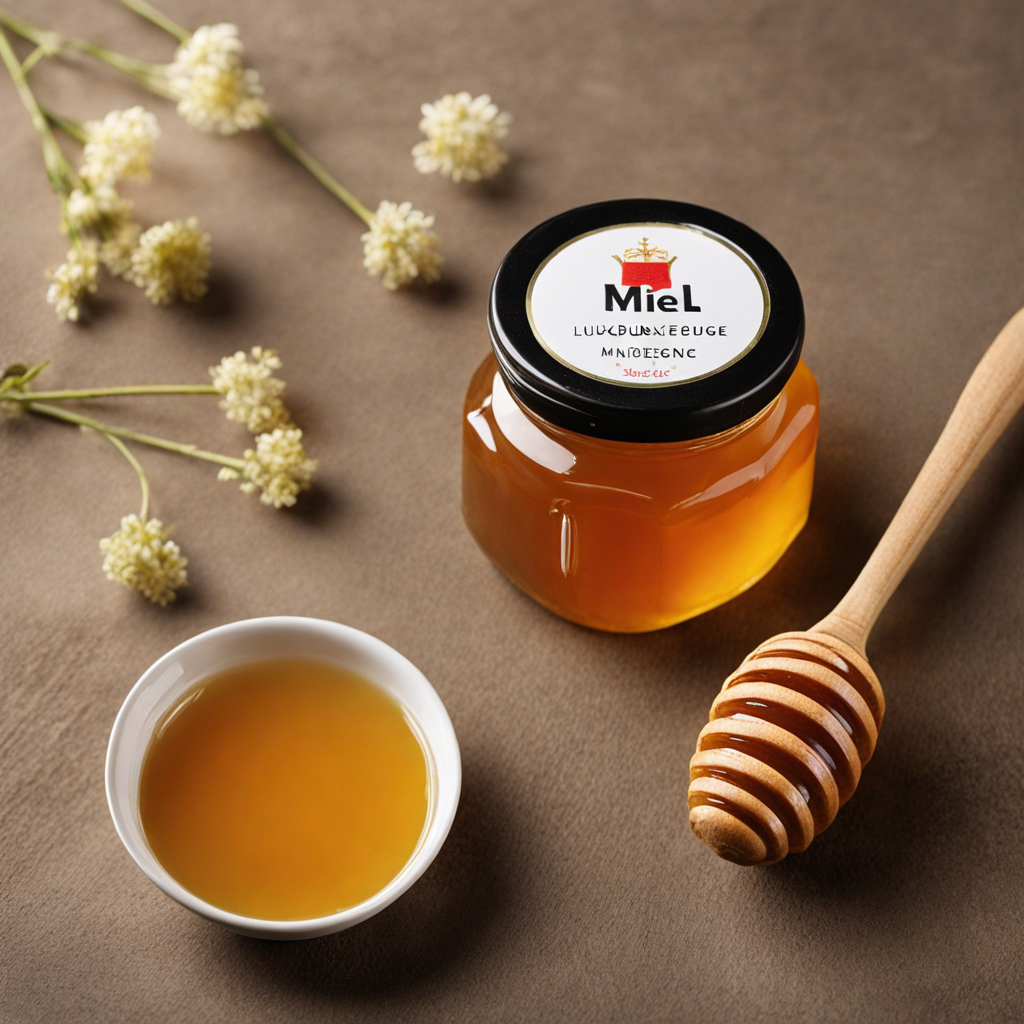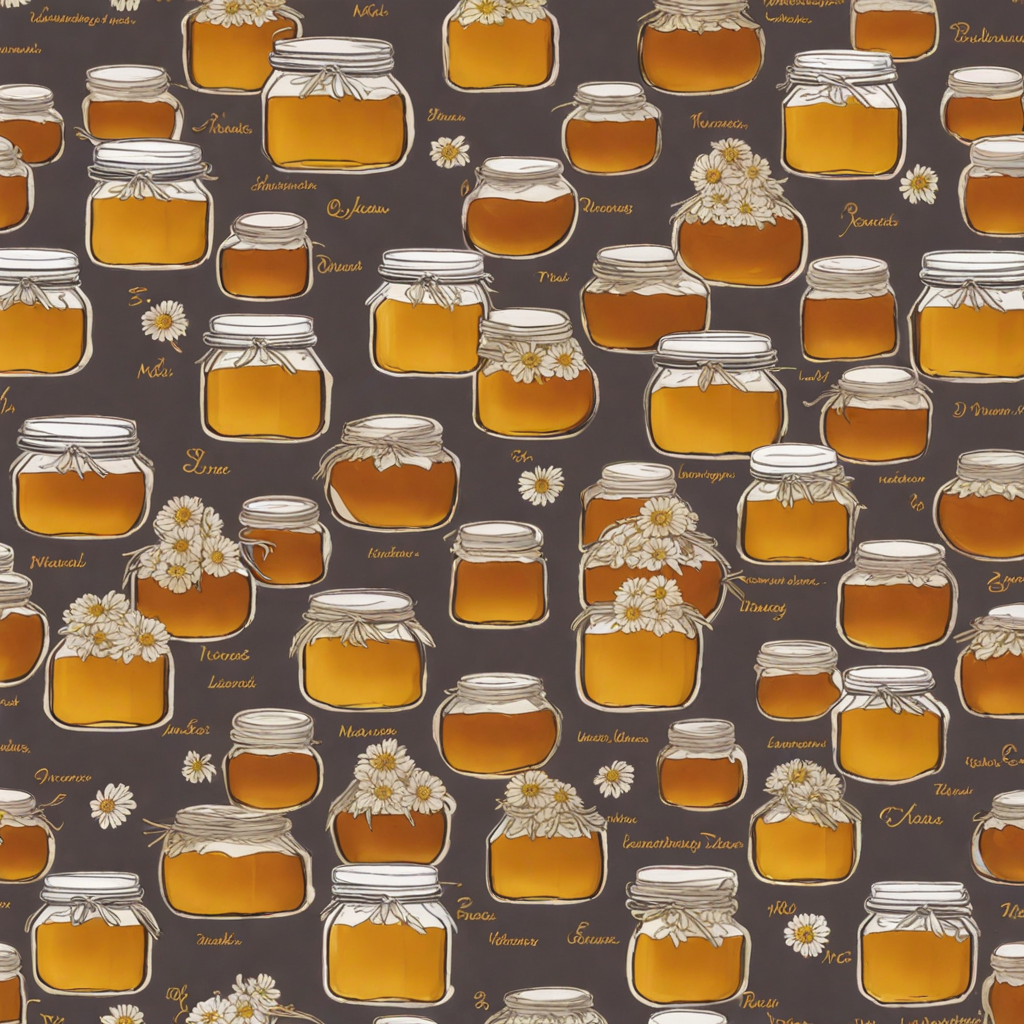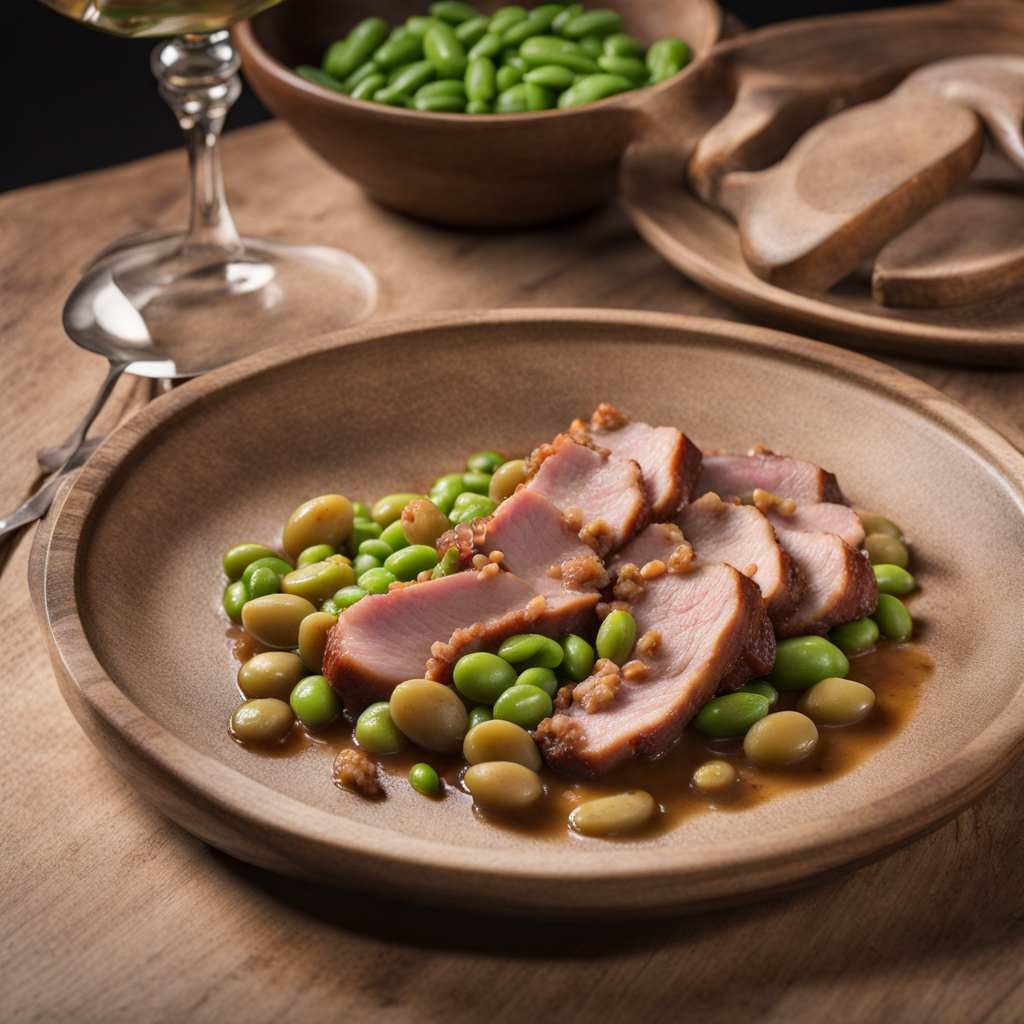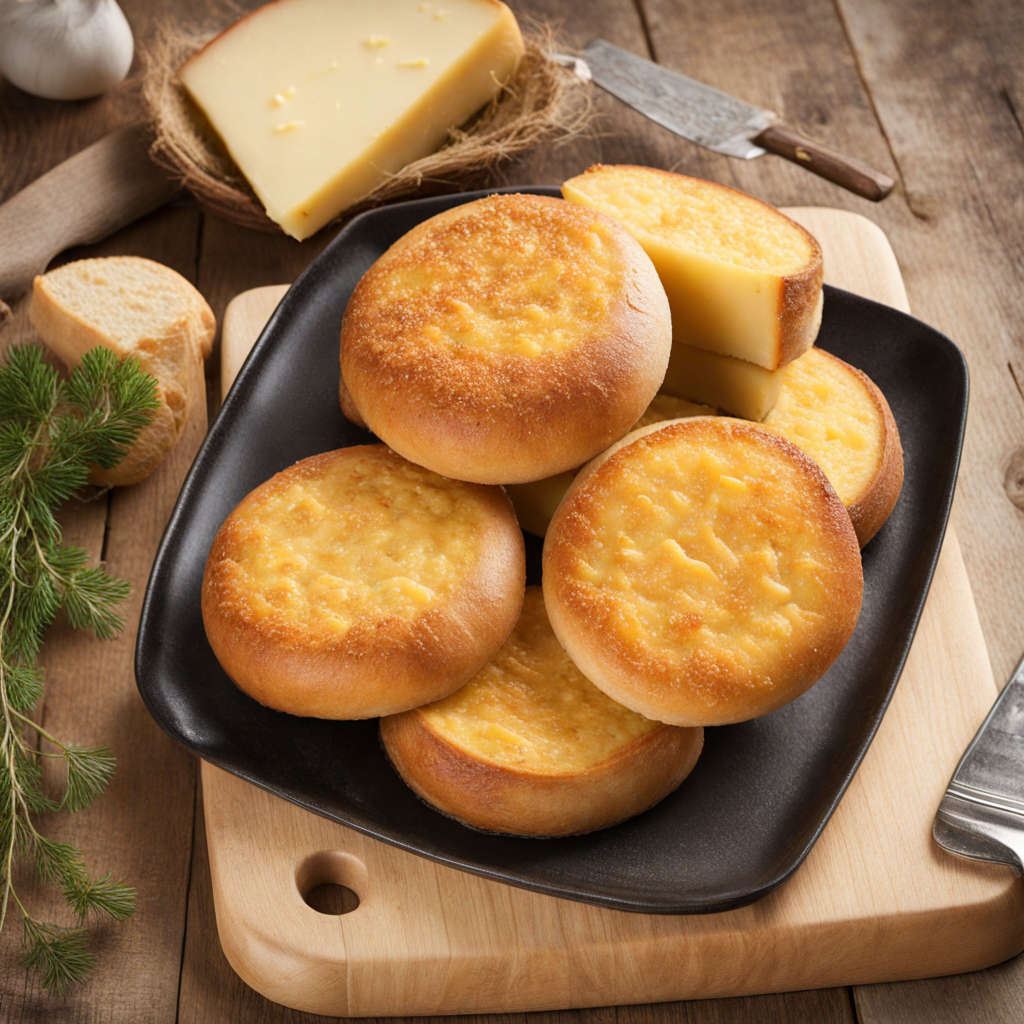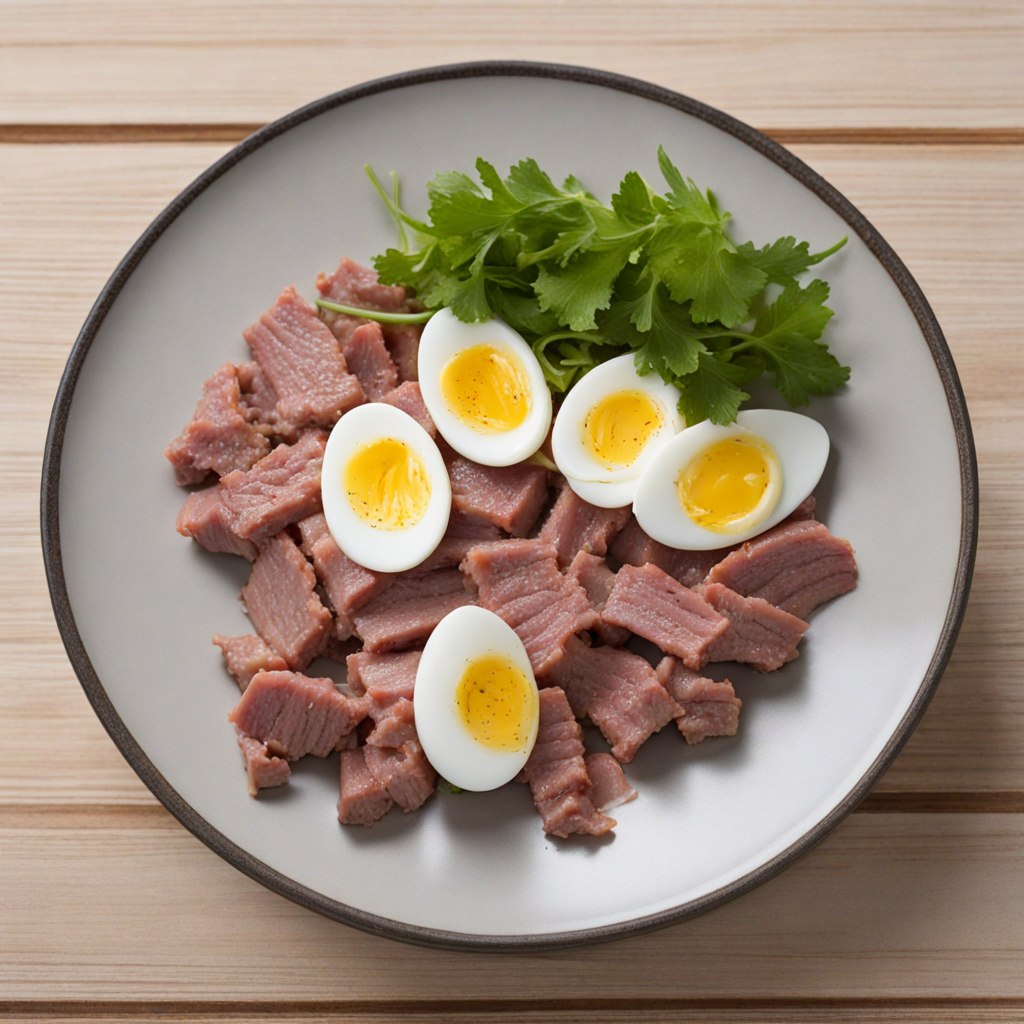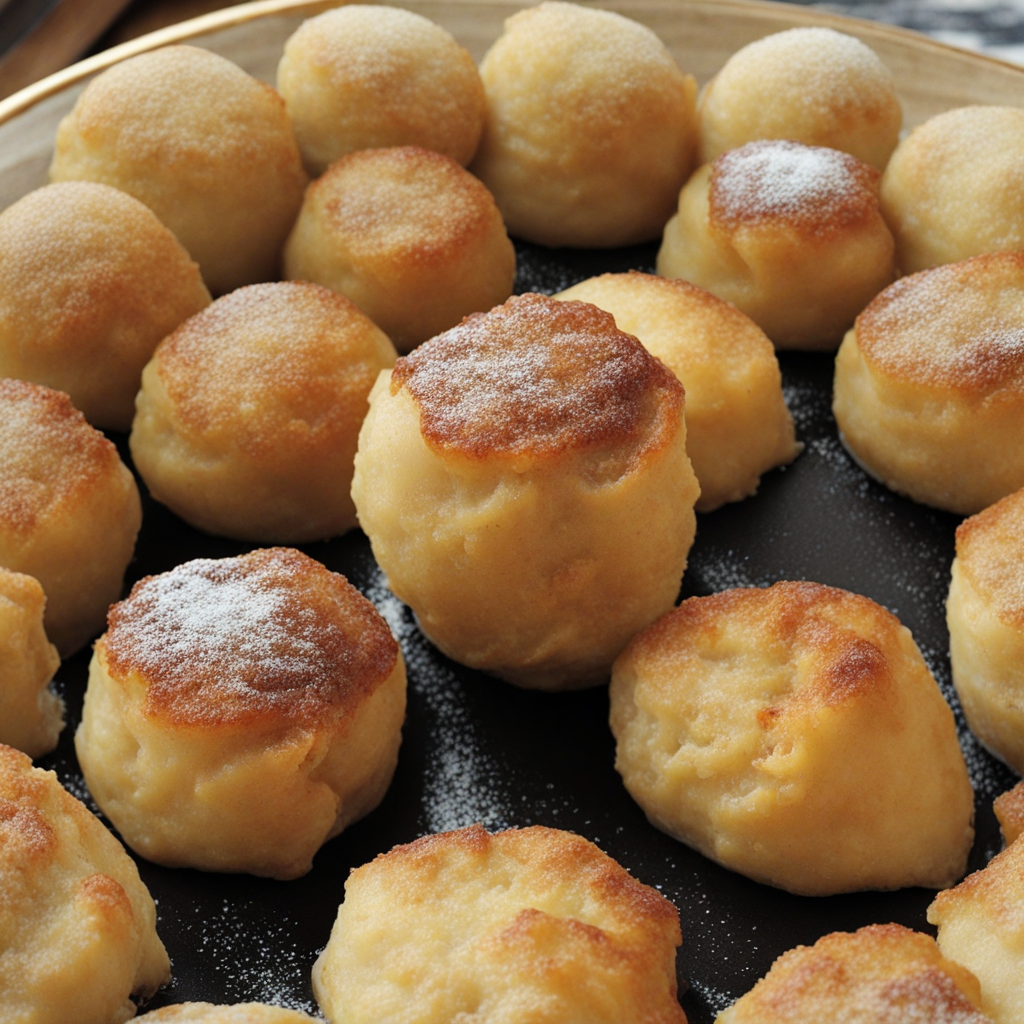Miel luxembourgeois
Miel luxembourgeois, or Luxembourgish honey, is a unique and artisanal product that embodies the rich biodiversity and floral landscapes of Luxembourg. This honey is often characterized by its distinct flavor profiles, which can vary depending on the season and the types of flowers that the bees forage from. Beekeepers in Luxembourg take pride in maintaining traditional methods, allowing the honey to develop a complex taste that reflects the local terroir. Expect notes of wildflowers, herbs, and sometimes even a hint of fruitiness, providing a delightful sensory experience for those who savor it. The production of Miel luxembourgeois is a labor of love, with many local beekeepers committed to sustainable practices that respect the environment and the bee populations. The honey is typically raw and unfiltered, preserving its natural enzymes and beneficial properties. This makes it not only a delicious addition to various dishes but also a healthful option, rich in antioxidants and nutrients. Its golden hue and thick texture are inviting, and it can be spread on bread, drizzled over yogurt, or used to sweeten teas and desserts. In terms of culinary versatility, Miel luxembourgeois can elevate both sweet and savory dishes. It pairs beautifully with cheeses, enhancing the flavors of soft and hard varieties alike. Additionally, it can be used in marinades or salad dressings, adding a touch of sweetness that balances acidity. For those looking to explore new culinary horizons, incorporating this delightful honey into your cooking will not only introduce you to the flavors of Luxembourg but also support local beekeepers and sustainable practices.
How It Became This Dish
The Sweet Legacy of Miel Luxembourgeois: A Cultural and Culinary Journey #### Introduction Miel luxembourgeois, or Luxembourgish honey, is more than just a sweet substance; it is a reflection of Luxembourg’s rich agricultural heritage, cultural identity, and respect for nature. This golden nectar, produced in the lush landscapes of the Grand Duchy, encapsulates the essence of its environment and the traditions of its people. The story of Miel luxembourgeois is one that intertwines with the history of beekeeping, the evolution of agriculture, and the preservation of biodiversity in Luxembourg. #### Origins of Beekeeping in Luxembourg The roots of beekeeping in Luxembourg can be traced back to ancient civilizations. Archeological findings suggest that honey was valued in various cultures for its sweetness and medicinal properties. The Celts, who inhabited the region before the Roman conquest, were known to keep bees and harvest honey. The Romans further advanced beekeeping techniques, influencing local practices as they established their presence. In the Middle Ages, beekeeping was a significant aspect of rural life in Luxembourg. Monastic communities, in particular, played a crucial role in the development of apiculture. Monks cultivated bees not only for honey but also for beeswax, which was essential for candle-making and various rituals. The honey produced during this period was often used in meads, a popular alcoholic beverage of the time. By the 18th century, beekeeping became more organized, and the craft began to evolve with the introduction of the movable-frame hive, which allowed beekeepers to harvest honey more efficiently while ensuring the health of the bee colonies. This innovation sparked a renewed interest in beekeeping as a sustainable practice, and it laid the groundwork for the modern techniques still employed today. #### Cultural Significance of Miel Luxembourgeois Miel luxembourgeois is deeply embedded in the cultural fabric of Luxembourg. It is not merely a food item but a symbol of local pride and identity. The honey produced in Luxembourg is often associated with the unique flora of the region, which includes wildflowers, fruit trees, and clover, reflecting the diverse ecosystems that thrive in its valleys and hills. In Luxembourg, honey is a staple ingredient in traditional recipes. It is used in pastries, desserts, and even savory dishes, showcasing its versatility. One of the most cherished traditional recipes is "Kachkéis," a fresh cheese spread often sweetened with honey, which highlights the harmonious balance between sweet and savory that characterizes Luxembourgish cuisine. Moreover, honey plays a role in local festivals and celebrations. It is common to find stalls selling Miel luxembourgeois at farmers' markets, food fairs, and cultural events. The annual "Fête de la Gastronomie" celebrates local products, where honey features prominently, allowing producers to showcase their craft and the unique flavors of their honey. #### The Evolution of Miel Luxembourgeois As with many traditional foods, the production and perception of Miel luxembourgeois have evolved over time. The 20th century brought significant changes in agricultural practices, with industrialization impacting small-scale farming and beekeeping. While there was a decline in traditional methods, the latter part of the century saw a resurgence of interest in organic and sustainable practices. In the 1990s, the Luxembourg government and various organizations began to promote beekeeping as a means of preserving biodiversity. This movement was driven by increasing awareness of the critical role bees play in pollination and maintaining healthy ecosystems. Beekeeping courses and workshops were introduced to encourage new generations to take up the craft, fostering a sense of community among beekeepers. In 2004, the "Miel luxembourgeois" label was officially recognized, granting it a protected designation of origin (PDO). This certification ensures that honey sold under this label is produced according to strict standards and reflects the unique characteristics of the region. It has helped to elevate the status of Luxembourgish honey in both local and international markets, promoting its distinct flavors and quality. #### Miel Luxembourgeois Today Today, Miel luxembourgeois is celebrated not only for its taste but also for its health benefits. Rich in antioxidants, vitamins, and minerals, honey is often touted for its medicinal properties. It is used in various home remedies, from soothing coughs to treating wounds, and continues to be a staple in the Luxembourgish diet. The modern-day beekeepers of Luxembourg have embraced a blend of traditional and innovative practices. Many have adopted organic methods, ensuring that their bees have access to pesticide-free environments. Some beekeepers even engage in urban beekeeping, establishing hives in city gardens and rooftops, thereby promoting biodiversity in urban areas. The Luxembourgish government continues to support beekeeping initiatives, recognizing its importance in combating the decline of bee populations. Programs focused on education, research, and conservation are in place to protect these vital pollinators and ensure the sustainability of honey production. #### Conclusion Miel luxembourgeois is more than a product of the land; it is a testament to the resilience of Luxembourg’s agricultural traditions and the commitment of its people to their environment. From its ancient origins to its modern significance, honey has woven itself into the cultural narrative of Luxembourg, symbolizing the harmony between nature and humanity. As we savor the sweetness of Miel luxembourgeois, we are reminded of the historical journey that brought it to our tables—a journey marked by tradition, innovation, and a deep respect for nature. Whether enjoyed on a slice of bread, drizzled over yogurt, or incorporated into festive dishes, Miel luxembourgeois remains a cherished part of Luxembourg’s culinary heritage, inviting us to celebrate the rich tapestry of flavors that define this small yet vibrant nation.
You may like
Discover local flavors from Luxembourg


